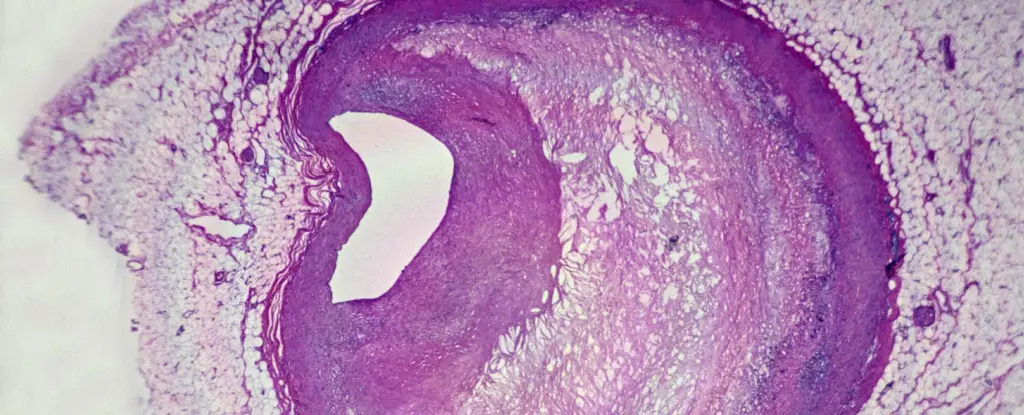In recent years, the concern surrounding microplastics has exploded into the public consciousness. These tiny particles of plastic, measuring less than five millimeters in diameter, have infiltrated nearly every corner of our environment — from oceans and air to human tissues. It is particularly alarming to note that microplastics are not merely an environmental nuisance; they have now been documented within the human body. Evidence suggests that these minuscule contaminants are circulating through our bloodstream and accumulating in vital organs such as the lungs and liver. As if this invasion isn’t disconcerting enough, new research is revealing a troubling link between these plastic particles and increased risks of cardiovascular events, including heart attacks and strokes.
The Study’s Groundbreaking Insights
Dr. Ross Clark, a vascular surgeon at the University of New Mexico, has shed light on this emerging issue. His recent study, presented at the American Heart Association conference, illustrates a stark contrast in the levels of microplastics present in healthy arteries versus those plagued by disease. While some microplastics were found in normal arteries, the amount skyrocketed in diseased arteries — up to 51 times more in individuals who had suffered strokes or other vascular complications. This revelation raises critical questions about the role of microplastics in heart health and the mechanisms through which they may contribute to disease.
Clark’s investigation delved into the carotid arteries, essential blood highways delivering oxygen-rich blood to the brain. His team’s findings not only indicate a significant correlation between microplastics and plaque buildup but also suggest a plausible link to altered gene activity within immune cells residing in these plaques. This revelation is noteworthy; it hints at a potential pathway by which microplastics could exacerbate chronic inflammation — a known contributor to cardiovascular diseases.
Understanding the Mechanisms at Play
The study’s implications are significant. Microplastics may not merely be passive contaminants; they might actively interfere with the genetic functions of cells in the arterial plaque. This interference could lead to a switch-off in genes responsible for combatting inflammation, setting the stage for more severe cardiovascular conditions. As Clark pointed out, while substantial research work is required to confirm these hypotheses, the preliminary findings provide compelling reasons to explore this relationship further.
Moreover, the genetic differences observed in stem cells that are typically protective against heart attacks and stroke present another layer of complexity. If microplastics are indeed modulating the gene expression of these critical cells, they could indirectly facilitate the onset of severe cardiovascular events. The interconnectedness of human health and environmental health is becoming increasingly clear, demanding urgent attention and further scrutiny.
Challenges in Microplastics Research
While the findings from Clark’s study generate considerable concern, they also underscore the nascent stage of microplastics research. The methodology behind measuring microplastics within human tissues is still evolving, marked by inherent challenges and limitations. Clarke and his collaborators employed an advanced technique that involves heating tissue samples to high temperatures to separate plastic from natural lipids — a process fraught with potential pitfalls, as the breakdown of lipids can yield substances that mimic the characteristics of microplastics.
Despite the challenges, Clark remains optimistic about advancing research in this domain. He is actively seeking funding to further explore the interplay between microplastics and immune cells within blood vessels. This future work could expand the scope beyond carotid arteries, potentially exploring various blood vessels and conducting animal studies to decipher the cause-and-effect relationship.
The Bigger Picture: A Call to Action
The discovery of microplastics in cardiovascular health is both alarming and enlightening. It emphasizes the urgent necessity for comprehensive studies that investigate the far-reaching consequences of plastic pollution on human health. As individuals, communities, and policymakers grapple with the implications of these findings, it becomes increasingly essential to advocate for stricter regulations on plastic production and usage.
As the consequences of microplastics permeate into human health concerns, the call for action starts to take shape. We need to foster a culture of responsibility in plastic consumption, invest in innovative materials that minimize environmental impact, and promote awareness about the consequences that plastic pollution poses for future generations. In the battle against plastic contamination, the stakes could not be higher, as it affects not only our environment but potentially our very lives.

